ATS-34 (ATS-314) is a chromium stainless steel from the Japanese company Hitachi Metals. The start of production coincided with the cessation of production of 154CM from the American Crucible Industries. The optimal hardness of ATS-34 steel is 59-61 HRC. At first, this grade was produced for the manufacture of gas turbine blades, and a little later found its application in the production of knives. This is a high-quality steel that resists corrosion and chipping well, and also holds an edge well.
ATS-34 is a fairly old steel (produced since the late 1970s by the Japanese metallurgical company Hitachi Metals), which is interchangeable with 154 CM. Both steels have a similar chemical composition, containing 1.05% carbon, 14% chromium and 4% molybdenum. In addition to these, ATS-34 contains a small amount of manganese and silicon, as well as traces of phosphorus and sulfur.
Hardness
The hardness of ATS-34 steel is between 60 and 61 HRC. It is a fairly hard material for making knives. Its hardness significantly affects the characteristics of ATS-34 as a material for a knife blade.
Along with carbon, high amounts of molybdenum and chromium contribute to the hardness. ATS-34 has a high tempering temperature requirement of approximately 1000°F (530°C). Tempering ATS 34 at these temperatures has a secondary strengthening effect due to the high molybdenum content. However, molybdenum has more to do with the hot hardness of the steel at high working temperatures. It does not significantly affect its hardness as a material for a kitchen knife blade. However, it does have some advantages. Excessive hardness leads to greater brittleness, reduced strength and durability.
Edge retention
The carbide volume of ATC-34 steel is about 17%. This carbide volume is not too large, but not too small either. However, it is in the emergency zone to ensure the retention of boundaries. The edge of the blade wears exclusively around the carbides. As it progresses, the edge becomes jagged, which results in the blade still being less normal - just not as sharp and effective.
Given the hardness of ATS-34, it can maintain a sharp cutting edge for quite some time. The aforementioned reaction that occurs around the carbides helps to maintain the edge. It does not need to be sharpened immediately, but you will notice that the sharpness slowly disappears.
Chemical composition
Chemical composition of steel grade ATS 34 | ||||||||
| C | Cr | Mo | P | Mn | Si | Ni | S | Fe |
| 1,05 | 14,0 | 4,0 | 0,03 | 0,40 | 0,35 | 0,30 | 0,02 | Other |
Wear resistance
ATS-34 has adequate wear resistance for knives, which satisfies most users. The amount of carbide helps with this, although it does not affect the hardness. Compared to steels similar to ATS-34, such as 440C, it has better wear resistance, maintaining a smooth surface during continuous operation.
It is expected that on an ATS-34 steel knife, you will notice scratches and other marks here and there. These scars will be more obvious with prolonged use, but polishing the blade will remove them. Generally, the harder the steel, the better the wear resistance we expect. ATS-34 steel will have better wear resistance after hardening to a high hardness of 61 HRC.
Most knife makers trust ATS-34 for wear resistance. In limited high hardness ranges, ATS-34 has proven to be wear resistant enough. Knife makers rarely coat ATS-34 blades, especially when compared to other steels with lower wear resistance.
Toughness
You can't have excellent hardness, wear resistance and toughness in one package. When wear resistance improves, toughness tends to decrease. This rule certainly applies to ATS-34, but it has a good balance between wear resistance and toughness.
The toughness of ATS-34 is largely dependent on heat treatment. Some knife makers who used ATS-34 in their knives favored high hardness and advertised it as such. As a result, ATS-34 got a bad reputation for being brittle and low in toughness. Each steel has an optimum range of hardness, toughness, and wear resistance. Too much pressure on one, neglecting the others, can have serious consequences.
Overall, ATS-34 has a good balance between wear resistance and toughness, but does not favor the latter too much. The addition of manganese and silicon increases the toughness of ATS-34. Although the high carbon and chromium content mars toughness, molybdenum improves tensile strength.
Corrosion resistance
As mentioned, ATS-34 requires higher tempering temperatures than other steels. While high tempering temperatures further strengthen the steel, it has a negative impact on corrosion resistance. Molybdenum also increases corrosion resistance, but it interferes with chromium. While this may seem balanced, it is not. Chromium has a much better effect on steel's corrosion resistance than molybdenum.
This doesn’t mean that ATS-34 lacks corrosion resistance. It is, after all, stainless steel, and it doesn’t oxidize easily. One area of corrosion resistance where ATS-34 performs better than many other stainless steels is salt water. The alloy is not susceptible to rusting in salt water, making it ideal for knives for fishermen and divers.
The point is that ATS-34 has sufficient corrosion resistance with a significant amount of carbon in solution when properly heat treated.
ATS-34 is a top-quality stainless steel with very good edge retention (cutting edge), durable and excellent resistance to mechanical chipping. One of the best stainless steels. In addition to its use in blade manufacturing, ATS-34 steel is widely used in the production of razor blades, jet turbine blades and metalworking tools. Working hardness range 59-61 HRC.
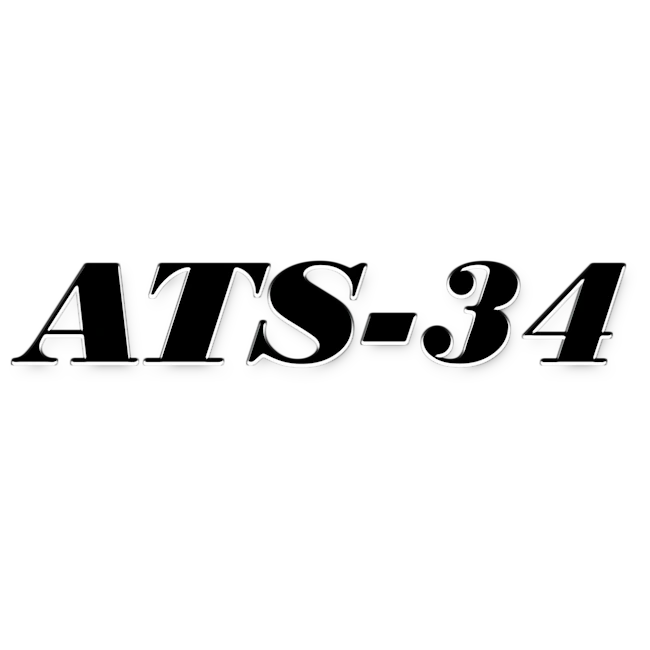
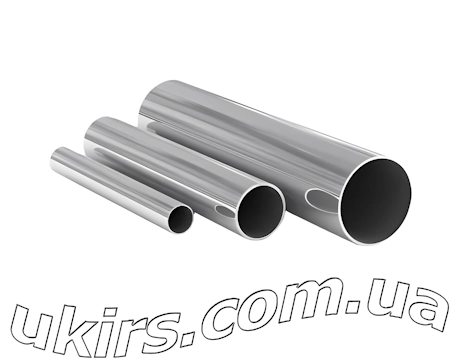 Stainless Steel Round Pipe
Stainless Steel Round Pipe 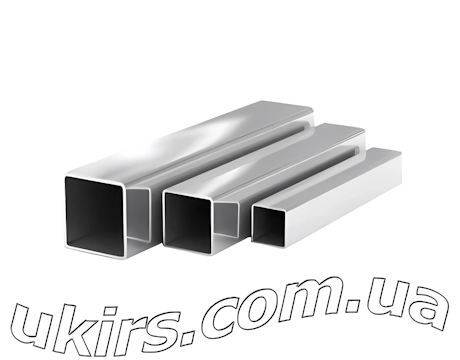 Stainless Steel Square Pipe
Stainless Steel Square Pipe 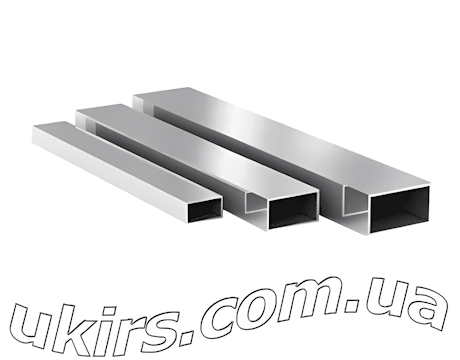 Stainless Steel Rectangular Pipe
Stainless Steel Rectangular Pipe 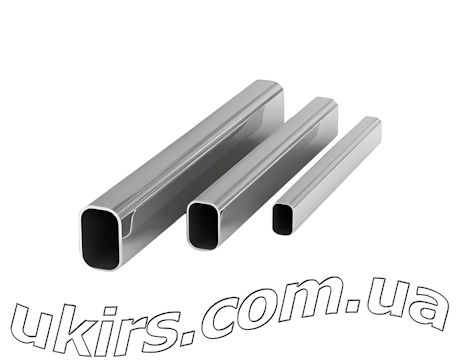 Stainless Steel Oval Pipe
Stainless Steel Oval Pipe 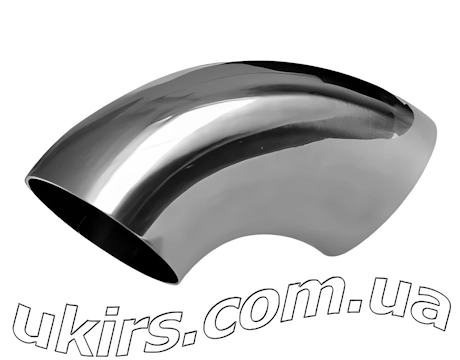 Stainless Steel Elbow
Stainless Steel Elbow 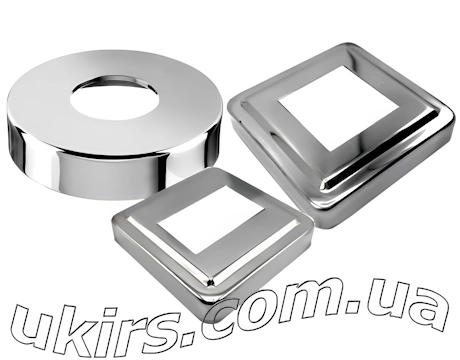 Stainless Steel Decorative Cover
Stainless Steel Decorative Cover 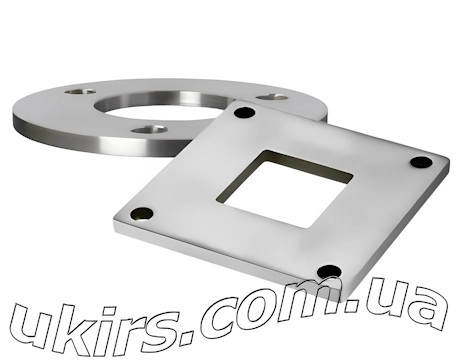 Stainless Steel Flange
Stainless Steel Flange 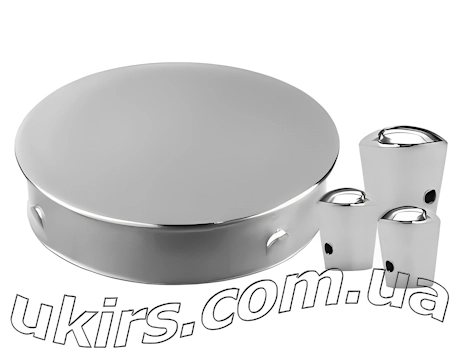 Stainless Steel Plug / Cap
Stainless Steel Plug / Cap 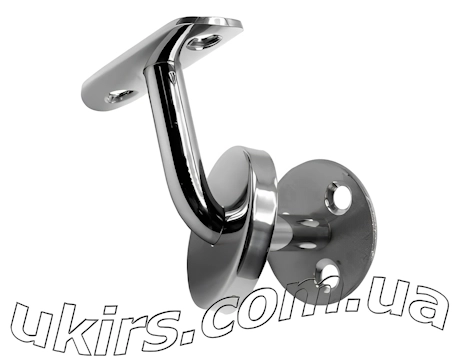 Stainless Steel Handrail Holder
Stainless Steel Handrail Holder